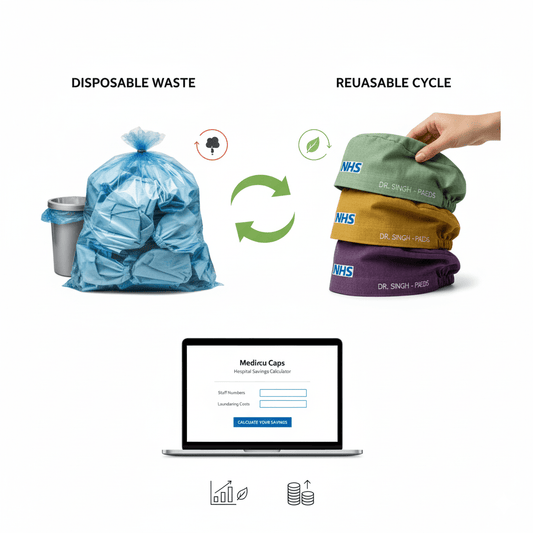
The Cumulative Impact of Hospital Consumables: A Closer Look at How Small Costs Add Up
The Cumulative Impact of Hospital Consumables on Healthcare Budgets
Hospital consumables, often seen as minor expenses, actually have a significant cumulative impact on healthcare costs. These items, such as gloves, syringes, bandages, and disposable gowns, may seem inexpensive individually. However, their frequent use and the large quantities required for patient care quickly add up. Over time, the total costs become much higher than initially expected.
Understanding the Cumulative Use of Hospital Consumables
To understand the financial impact of hospital consumables, one must first grasp the scale of their use. In a busy hospital, thousands of consumables can be used in a single day. These items are essential for maintaining hygiene, preventing infection, and ensuring patient comfort. However, their single-use nature and the necessity for constant replenishment mean that costs can quickly escalate.
The Financial Implications of Consumables in Healthcare
While the cost of a single consumable item may seem negligible, when multiplied by the number used each day, the total can be staggering. For example, a box of gloves may cost a few pounds, but a large hospital might go through hundreds of boxes in a single day. Over a year, this 'small' cost can run into tens of thousands of pounds.
Moreover, the cost of managing and disposing of these consumables also adds to the overall financial burden. Specialised disposal methods for medical waste can be expensive, and the administrative costs associated with ordering, storing, and distributing these items also contribute to the total expenditure.
Cost Management Strategies to Address the Cumulative Impact
Given the significant cumulative cost of hospital consumables, effective cost management strategies are crucial. These may include:
-
Bulk Purchasing: Buying in larger quantities can often reduce the unit cost of consumables.
-
Sustainable Procurement: Choosing suppliers who offer more durable, reusable, or recyclable products can help reduce the volume of consumables required and the associated costs.
-
Inventory Management: Efficient inventory management can prevent over-ordering and wastage, helping to keep costs under control.
-
Waste Reduction: Implementing strategies to reduce waste, such as staff training and awareness campaigns, can also help to reduce the volume of consumables used and the associated costs.
While hospital consumables may seem like a small expense in isolation, their cumulative cost can have a significant impact on healthcare budgets. By recognising this and implementing effective cost management strategies, hospitals can make a substantial difference to their bottom line. This not only makes financial sense but also contributes to a more sustainable and efficient healthcare system.





